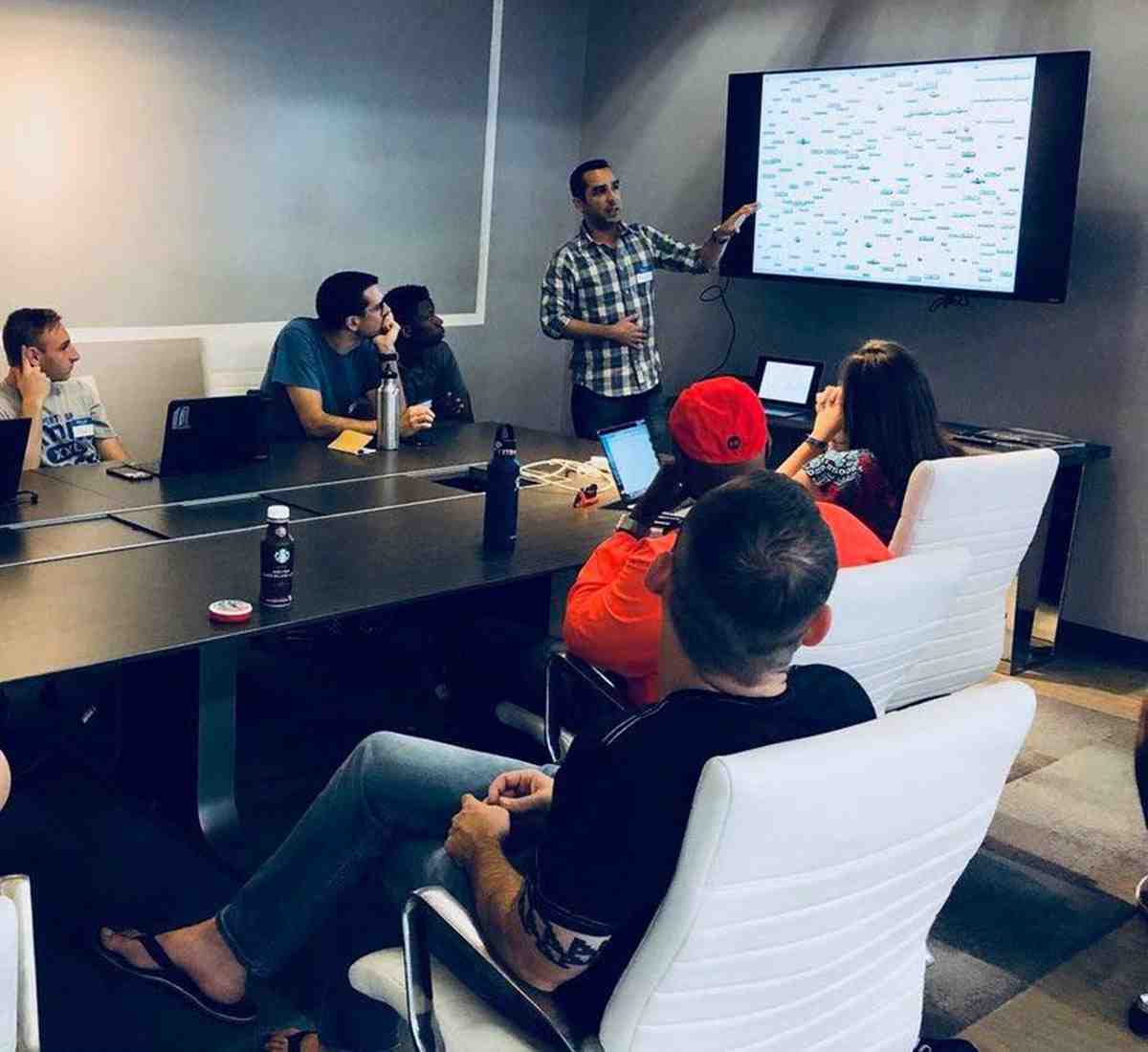Code for Baltimore, the volunteer coding brigade with a focus on civic innovation, recently launched a customer management tool for the Baltimore City Health Department that officials said saved hundreds of hours in human effort.
The program automates the process of contacting senior living facilities through email and eventually text. It sends a survey, and has been used to assess the needs of elderly communities during the pandemic. Before this program, a health department employee would spend hours cold calling facilities.
“This tool gives us the ability to reach out to 500-plus facilities in an instant,” said Molly Martin, assistant commissioner with the Baltimore City Health Department’s division of aging. “It really fills the gap of being able to respond to vulnerable populations in a quick manner, which was something that we couldn’t do before despite every effort to do so.”
The tool came about through a partnership between Code for Baltimore, the health department and civic and healthcare-focused service design company Bellese Technologies. Based in Owings Mills, Bellese allows employees to work on volunteer projects for 12% of their time. Student volunteers from Johns Hopkins also assisted by transferring contacts and info into the system.
The application is open source, which can allow cities around the country to replicate and tailor the program for their own needs, whether by themselves or with the aid of their local Code for America brigade. Governments like Montana are already interested in using the application to aid forest rangers in tracking campers.
While this deployment is showing early success, getting a great civic tech idea into use by the government can be easier said than done.
The Code for Baltimore team attributes a lot of their successful collaboration and relationship with the city to Mike Fried. Fried doubles as a leader of the Code for Baltimore brigade and chief information officer for the Baltimore health department. His understanding of both the tech and government allows Code for Baltimore to create projects that find the perfect balance of civic innovation and governmental tolerance for risk.
“[Fried] breaks down bigger problems that the city may have into to smaller manageable solutions — that kind of attack one thing at a time,” said Jason Anton, the tech lead for Code for Baltimore and the primary developer of the backend on the application. “As an engineer myself and and as a tech person, that’s really how you have to solve tech problems.”
It’s the difference between being able to deploy a new contact system that saves Baltimore’s health department staff hundreds of hours in work, and clinging to old tech like New Jersey, which is running their unemployment system on COBOL, a 40-year-old programming language almost nobody knows.
When it comes to getting more innovative solutions deployed inside civic systems, the question often becomes, why doesn’t the government innovate at the speed of the Microsofts or Googles of the world?
“The answer to that is I think in most branches of government, when a system works, the government’s hesitant to try to replace it,” said Anton. “Even if that system is flawed and not efficient and doesn’t scale to modern expectations.”
In Anton’s professional experience as a full stack developer with Bellese, he’s worked on federal contracts. Most branches of government live and die by the adage of, it ain’t broke don’t fix it.
There are also financial and bureaucratic barriers. For instance, other Code for Baltimore leads noted that there’s a cost to host a project on an Amazon Web Services account. In terms of government spending, ten dollars can be as hard to spend as a million dollars.
Fried’s approach, and the philosophy of tackling one problem at its source, at a time, instead of making sweeping changes is the secret sauce behind Code for Baltimore’s success in getting Baltimore city to buy in to their civic tech innovations.
“People are depending on the solutions,” said Anton. “So don’t try to take too big a risk. Make the risks smaller or manageable. Make the project smaller, more manageable and incrementally get that change that you’re looking for.”
For the tech specs of the project, find the open source code at Code for Baltimore’s site and Github for the frontend and backend, along with documentation to help with any issues on reiterating the design.







